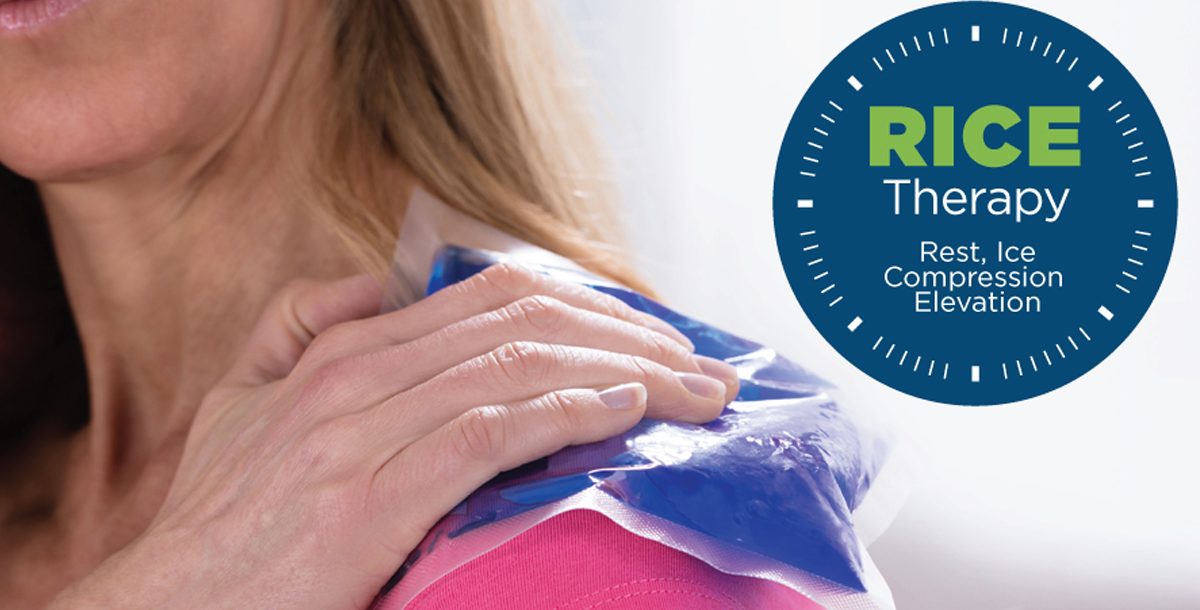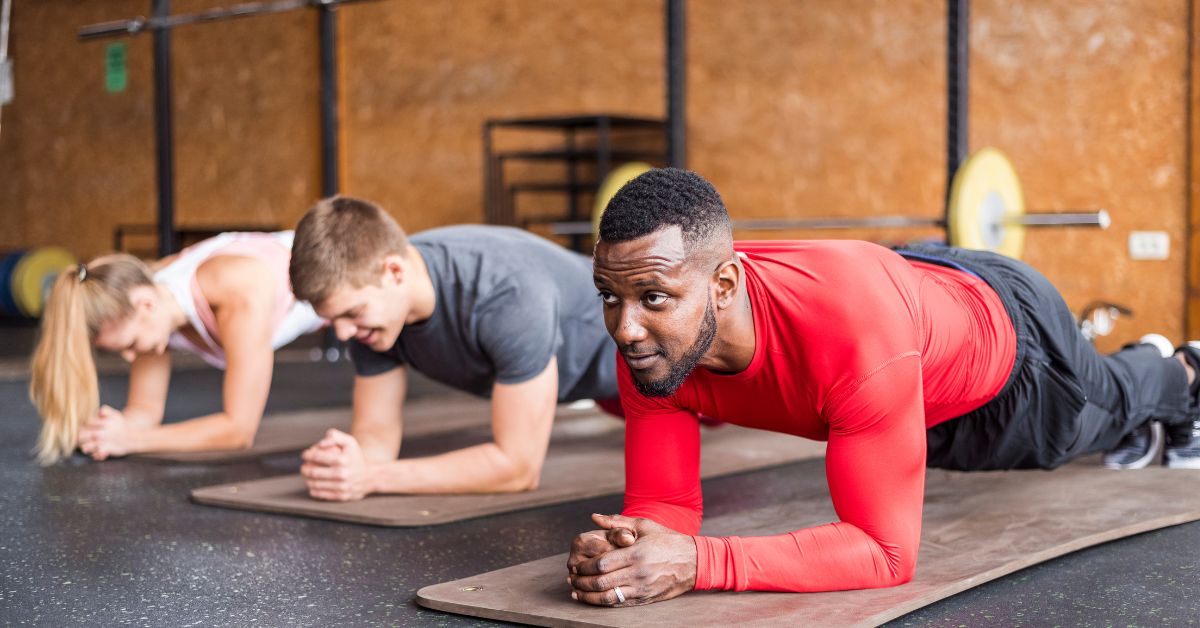Minor aches and pain are normal parts of physical activity. However, when the pain doesn’t seem to go away, or an injury continues to happen, it’s time to stop and take a break. This gives you time to pinpoint the problem and focus on healing.
Follow these steps for dealing with lingering injuries so you can get back to your exercise routine and daily activities.
Use the RICE method
When an injury happens — like a sprain, strain or pulled muscle — treat it right away. This helps reduce the chance of it getting worse. Follow these steps until you see improvement:
- Rest the injury by taking it easy. Don’t start doing the same activity that caused the injury until the injury heals.
- Ice the injury to reduce swelling and speed up the healing process.
- Compress the injury by wrapping it with an athletic bandage. This lowers any swelling.
- Elevate the injury to also reduce swelling.
Reduce inflammation
Inflammation, or swelling, slows down the healing process. Anti-inflammatory medicines — such as ibuprofen, aspirin and naproxen — reduce inflammation and ease pain. Be sure to talk to your doctor before taking any new medication. Also, follow the dosage instructions carefully for proper use.
Rest the injury, but stay active
You may want to continue to work out and push yourself to your limits. But doing so can slow the healing process and cause more damage. Avoid putting weight, stress or strain on the part of your body that’s injured.
This doesn’t mean you have to be inactive until you’re healed. It’s best to continue exercising, just change up your routine. If you’ve injured your ankle, for example, focus your workouts on building upper body strength. Swimming is also an alternative to other sports and activities when you have an injury. It puts minimal stress on your joints and muscles.
Avoid stiffness
Continue to move your injured joint to avoid stiffness. Take it slowly and be mindful of swelling. You’ll have fewer lingering effects of an injury if you continue to use the hurt body part. Just remember to be gentle though.
See a medical professional
You may be able to self-diagnose some common injuries related to sports and exercise. However, your pain may linger, or you may struggle with mobility. In those cases, it’s best to see a doctor.
Your doctor is trained to find causes and recommend effective treatments. You can also see a sports medicine doctor. These professionals are trained to diagnose and treat sports and exercise related injuries.
You should seek out a medical professional when your symptoms go beyond moderate pain and discomfort. These symptoms include:
- Instability in your joint
- Swelling that disfigures the hurt area
- Inability to put weight on the injured area
- Numbness or tingling in any part of your body
- Severe pain that disrupts your sleep or everyday activities
Ease back into your workouts
When your doctor has cleared you to exercise again, take your time. You should be free of pain for a week before trying to work out using the injured area. Take the next three weeks to build up your stamina again. Be sure to build up the muscles around an injured joint to keep it stable.
Learn more about the sports medicine services offered at Bon Secours.





